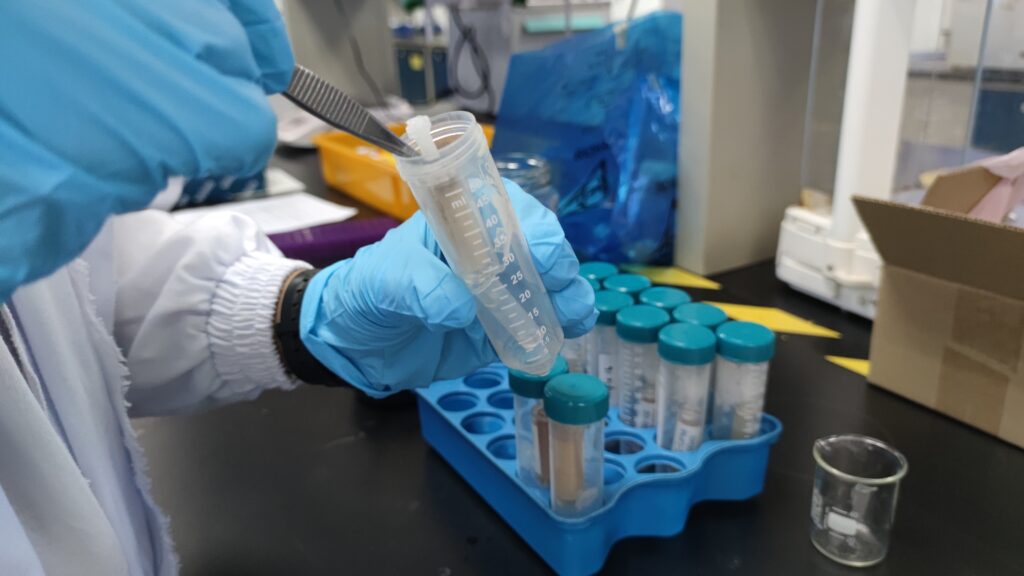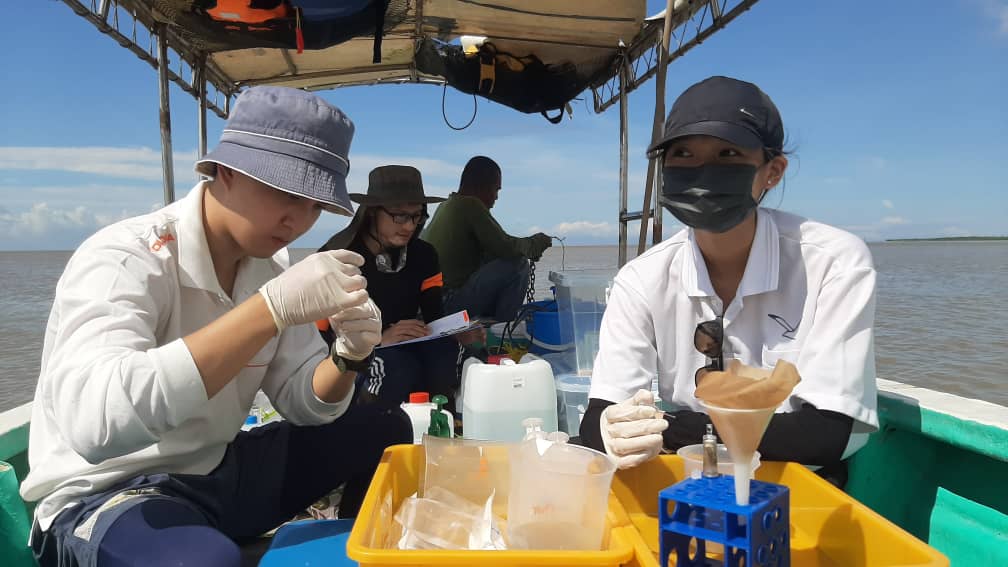Our Research
Environmental DNA Metabarcoding in Mangrove Habitat
#Biodiversity #Conservation


Tropical coastal ecosystems are severely threatened by climate change, pollution, over-harvesting, sea-level rise and natural disaster. Mitigating these threats would first require an effective and standardized, multi-taxa biomonitoring tool for coastal biodiversity survey and environmental assessment. Environmental DNA (eDNA) sourced from fresh- and seawater offers a novel avenue for assessing the biota in coastal ecosystems. Aquatic eDNA metabarcoding is a non-invasive, non-destructive method to monitor coastal biodiversity changes by characterizing the local spatio-temporal distribution of eDNA. Such a tool could be particularly beneficial to Malaysia, which is a coastal nation with shared natural resources and threats with its neighboring countries. However, due to the lack of a region-specific reference database, the potential of eDNA metabarcoding remains unrealized.
This research aims to
- Establish a fundamental metabarcoding library for coastal plants, fishes and crustaceans in Malaysia’s mangrove ecosystem
- Formulate a coastal eDNA biomonitoring methodology
- Provide free access to tools and knowledge base for using eDNA in coastal management
- Provide necessary data and know-how to policymakers on using eDNA as a non-invasive biomonitoring tool.
